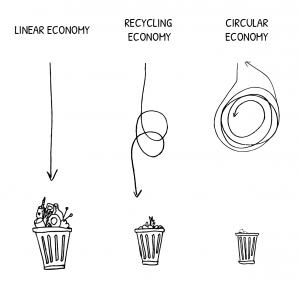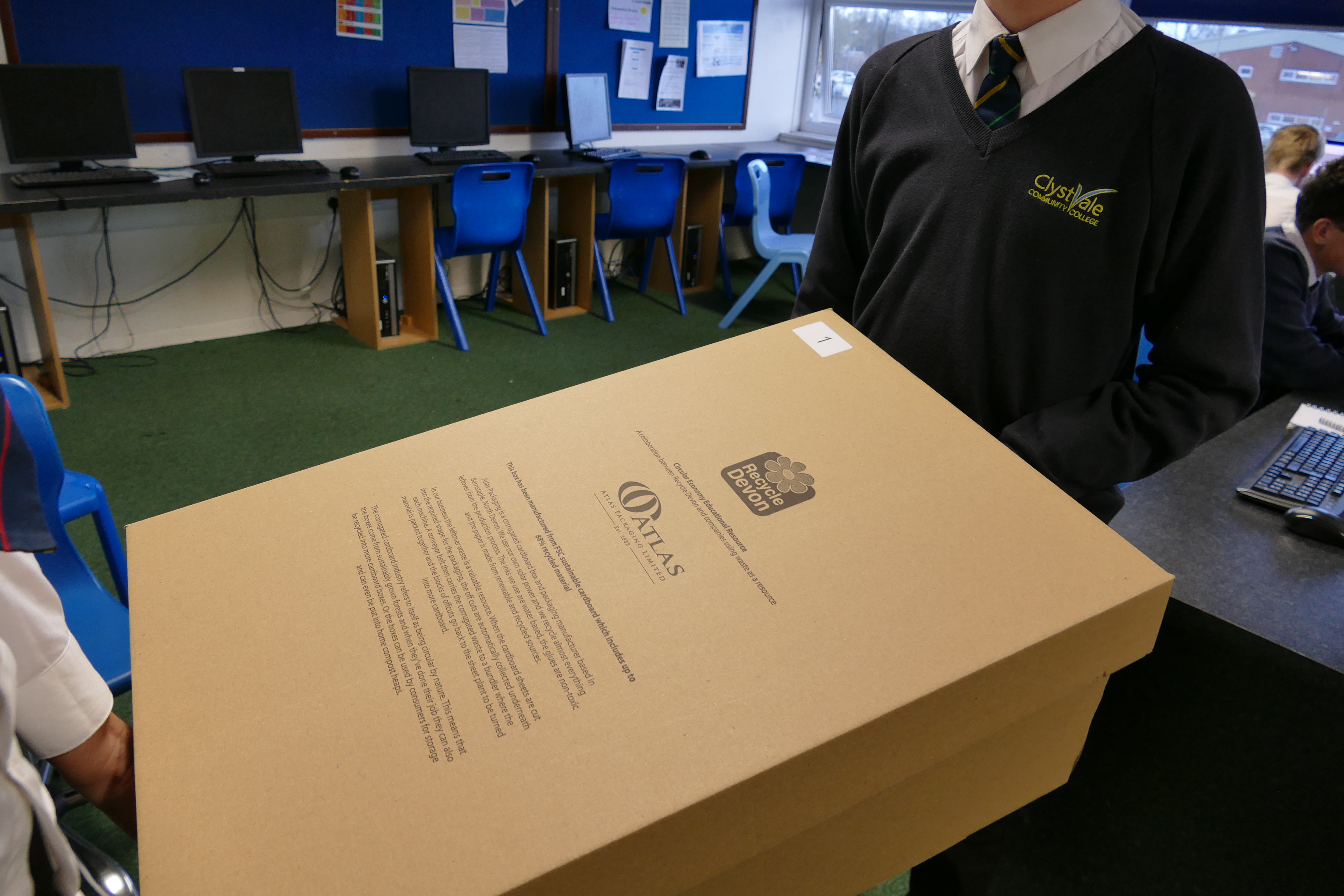What is a Circular Economy?
A circular economy is a substitute to a linear economy, we can keep using our resources within our system for as long as possible.
- Reuse as many times before we discard items
- Then recycle and regenerate products at the end of their life
- Keeping the energy and resources within our system
Resource Overview
This resource has been developed to explore how products can be used in a circular way, extend pupils’ understanding of waste issues – including their past, present and future management.
Recycling materials into new products pushes the boundaries of design and innovation, which can be used to inspire children’s own creative projects.
Collaborating with companies based in the South-West indicates local innovation occurring around us every day and possibly within short distances from your schools.
GCSE specifications in design and technology requires students to consider the materials ecological footprint, how emerging technologies consider the environment, as well as environmental, social and economic challenges which influence manufacturing of products. Overall, this resource hopes to widen pupil’s perspective of “waste” being used in product design, in order to secure a sustainable future.
Areas covered are: environment, PSHE, discussion, creative thinking, presentation skills, teamwork, circular economy learning.
Circular Economy Teaching Resources
PowerPoint Presentation
Interactive PowerPoint containing information on each material within the resource box, including activities and discussion points.
Quiz Answers
Printable quiz to cement knowledge from the PowerPoint presentation and overall recycling information.
We will be distributing resource boxes to every secondary school in Devon throughout Spring term 2020. If you have any queries, don’t hesitate to contact us.


